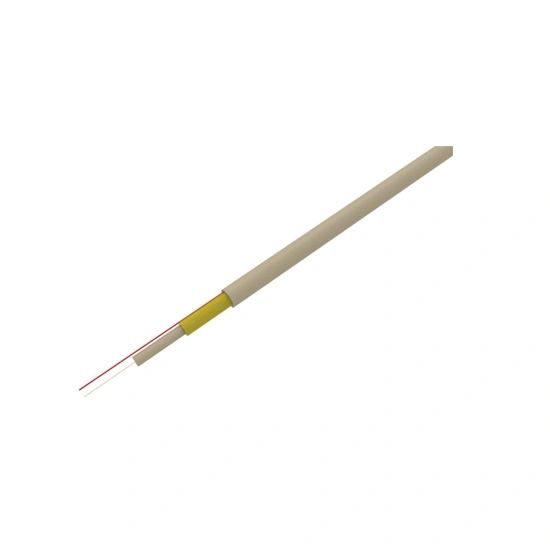The Importance of Waterproof and Moisture-Proof Measures for Indoor Optical Cables

Waterproof and moisture-proof measures are of paramount importance in ensuring the long-term reliability and performance of indoor optical cables. In indoor environments, these cables are susceptible to various sources of moisture, such as condensation, leaks, and humidity. Excessive moisture can lead to signal loss, degrade cable quality, and even cause complete failure. Therefore, implementing effective waterproof and moisture-proof measures is crucial to guaranteeing the durability and optimal functionality of indoor optical cables.
Proper Cable Installation
The first step in ensuring the moisture resistance of indoor optical cables is to adopt appropriate installation techniques. Proper cable routing and management are essential to prevent unnecessary exposure to moisture sources. Avoid installing cables near water pipes, air conditioning units, or any areas prone to water leaks. Furthermore, it is advisable to keep the cables away from direct contact with the walls or floors and elevate them using cable trays or supports. By maintaining a safe distance and elevation, the risk of water damage can be significantly reduced.
Sealing Connections and Junctions
Sealing all cable connections and junctions is another critical measure to prevent moisture penetration. Moisture can enter through even the smallest gaps or cracks in these areas, leading to damage over time. Therefore, the use of appropriate sealing materials, such as silicone gel or waterproof tapes, is recommended to ensure a watertight seal. Additionally, employing waterproof enclosures or boxes to house the cable connections can provide an extra layer of protection against moisture intrusion.
Environmental Monitoring and Regular Maintenance
Implementing a robust environmental monitoring system is essential for detecting and addressing potential moisture-related issues promptly. This can be achieved by installing sensors that monitor humidity levels, temperature, and moisture accumulation near the cables. In case of any irregularities or abnormal readings, immediate corrective actions can be taken to prevent further damage. Additionally, regular maintenance practices, such as inspecting the cable routes and sealing integrity, can help identify and rectify any potential vulnerabilities before they escalate into significant problems.
Conclusion
In conclusion, the implementation of comprehensive and effective waterproof and moisture-proof measures is crucial in safeguarding the performance and longevity of indoor optical cables. Proper cable installation techniques, sealing of connections and junctions, and regular maintenance practices are key components of a robust moisture protection strategy. By adhering to these preventive measures, the risk of signal loss, cable degradation, and possible failure can be significantly reduced, ensuring reliable and durable communication through indoor optical cables.



